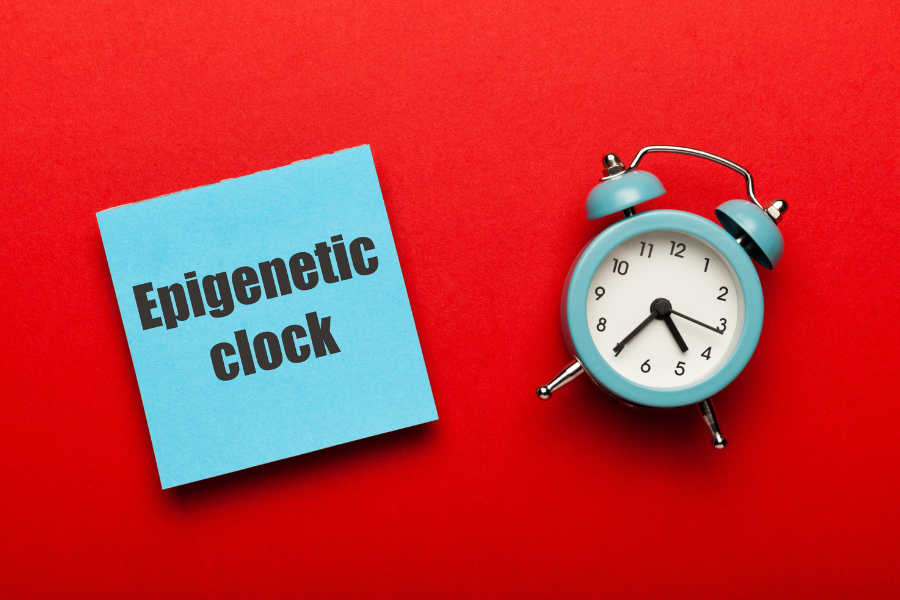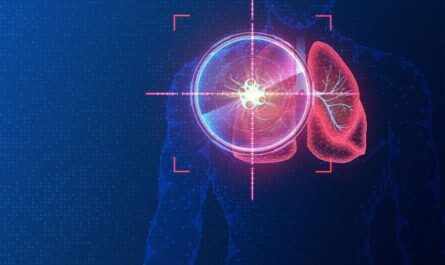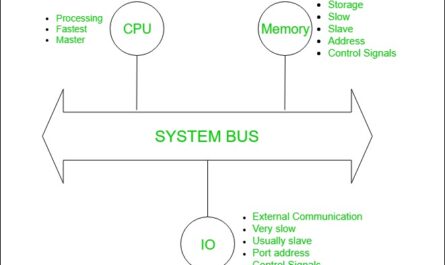Researchers have introduced new epigenetic clocks that provide insights into the aging process. Scientists at Brigham and Women’s Hospital have developed a groundbreaking machine learning model that can predict biological age from DNA structure. This new model goes beyond existing methods by differentiating between genetic variations that either accelerate or slow down the aging process. Published in Nature Aging, the study reveals that these clocks offer improved accuracy in evaluating anti-aging interventions.
According to the corresponding author, Vadim Gladyshev, Ph.D., the new clock is the first of its kind to distinguish between cause and effect in aging. Previous clocks focused on methylation patterns and their relation to age-related features, but they did not identify the factors that contribute to varying rates of aging. The novel clocks created by the research team can predict biological age and assess the efficacy of anti-aging treatments by distinguishing between changes that promote or counteract aging.
DNA methylation, the process of modifying genetic structure to influence gene function, has long been associated with aging. Specific regions of DNA, known as CpG sites, are particularly linked to the aging process. Lifestyle choices and genetic factors can both influence DNA methylation, leading to variations in aging rates among individuals with similar lifestyles.
Existing epigenetic clocks typically analyze DNA methylation patterns to predict biological age. However, previous methods did not differentiate between methylation changes that cause aging and those merely correlated with aging.
The research team utilized a large genetic dataset to perform an epigenome-wide Mendelian Randomization (EWMR) analysis on over 20,000 CpG sites related to various aging characteristics. The study identified eight aging-related traits, including lifespan, extreme longevity, health span, frailty index, self-rated health, and broader aging-related measurements incorporating family history and socioeconomic status.
The team developed three distinct models, CausAge, DamAge, and AdaptAge, based on causal DNA factors, damaging changes, and protective changes, respectively. The models were trained and validated using data from thousands of individuals ranging from 18 to 93 years old.
The clocks were then tested on datasets from the Framingham Heart Study and the Normative Aging Study, confirming that DamAge was associated with adverse outcomes such as mortality, while AdaptAge correlated with longevity. The clocks were further validated by reprogramming stem cells, where DamAge decreased and AdaptAge showed varying results.
In addition, the clocks demonstrated their ability to assess biological age in samples from patients with chronic conditions and those impacted by lifestyle choices like smoking. DamAge consistently increased in conditions associated with age-related damage, while AdaptAge decreased, suggesting protective adaptations.
These findings represent a significant advancement in aging research, providing a more precise measurement of biological age and enabling the evaluation of novel anti-aging interventions. Vadim Gladyshev emphasized that understanding the aging process and identifying effective interventions remain crucial areas for further research and development.
*Note:
1. Source: Coherent Market Insights, Public sources, Desk research
2. We have leveraged AI tools to mine information and compile it




